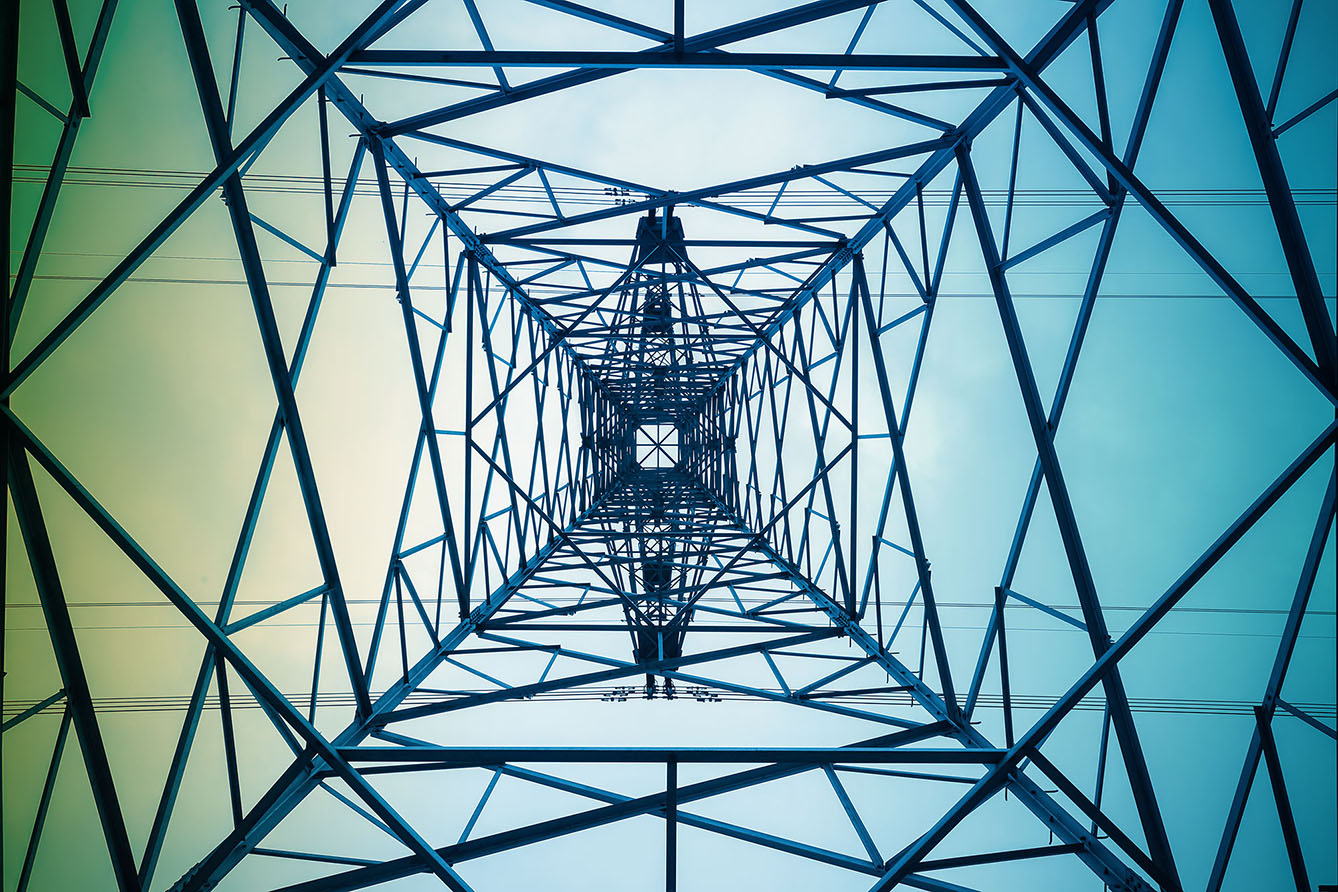The Baltic States are the only EU member states that used to be part of the Soviet Union. This fact has put the three states in an uncomfortable position, as much of their critical infrastructure is more deeply tied to neighboring Russia and Belarus than to the rest of the EU. This also goes for one of any of their most critical infrastructure components, namely electricity grids.
Thanks to a slew of new investments made with Poland, the Baltic states will soon be able to synchronize their grids with continental Europe’s. As a result, their residents won’t have to worry about the possibility of Russia suddenly and unilaterally decoupling its smaller neighbors from their grids. The new connections with the EU will also benefit Baltic energy consumers, who will gain access to a more extensive energy market, translating into greater competition among energy providers and thus lower prices.
The Baltics as an island
Most major infrastructural projects have a long time frame. This, coupled with the fact that the three Baltic states were part of the Soviet Union for more than five decades, means that Estonia, Latvia, and Lithuania are still relatively isolated from the EU in several significant ways. There is no standard gauge railway line connecting them to the EU. The transmission network for natural gas has long been underdeveloped between the states and has no access to continental Europe. The GIPL pipeline leading to Poland will change that this year, while the completion of Rail Baltica is expected later this decade.
The electricity grid will finally be synchronized with continental Europe in 2025, although some new capabilities will be accessible even earlier. This significant improvement of energy security in the region has been made possible by two completed land-based Polish-Baltic projects. That’s in addition to one subsea HDCV cable project about to be launched.
Striving for harmony
Up until 2007, the electricity grids of the Baltic states had no access to sources besides those of Russia and Belarus. However, two subsea cables were built between 2007 and 2014, linking them with Finland, while another subsea cable was built with Sweden in 2015. Even so, as the Synchronous grid of Northern Europe, which consists of Finland, Sweden, Norway, and parts of Denmark, is not synchronized with the synchronous grid of Continental Europe, the Baltic states still had no access to the EU’s largest grid.
It was first with the construction of the land-based connection between Poland and Lithuania, completed in 2015, that the path to synchronization with Continental Europe started. However, thus far the combined power has not been enough to reach full synchronization with the Continental grid instead of the old Soviet grid. That moment will finally be possible when the subsea HVDC (high-voltage, direct current) power cable connecting Poland and Lithuania comes online in 2025.
Once the project is finished, the Baltic states will no longer face a Damocles-sword hanging over their heads, like the threat of sudden massive blackouts if Russia disconnects them from the old Soviet grid.







